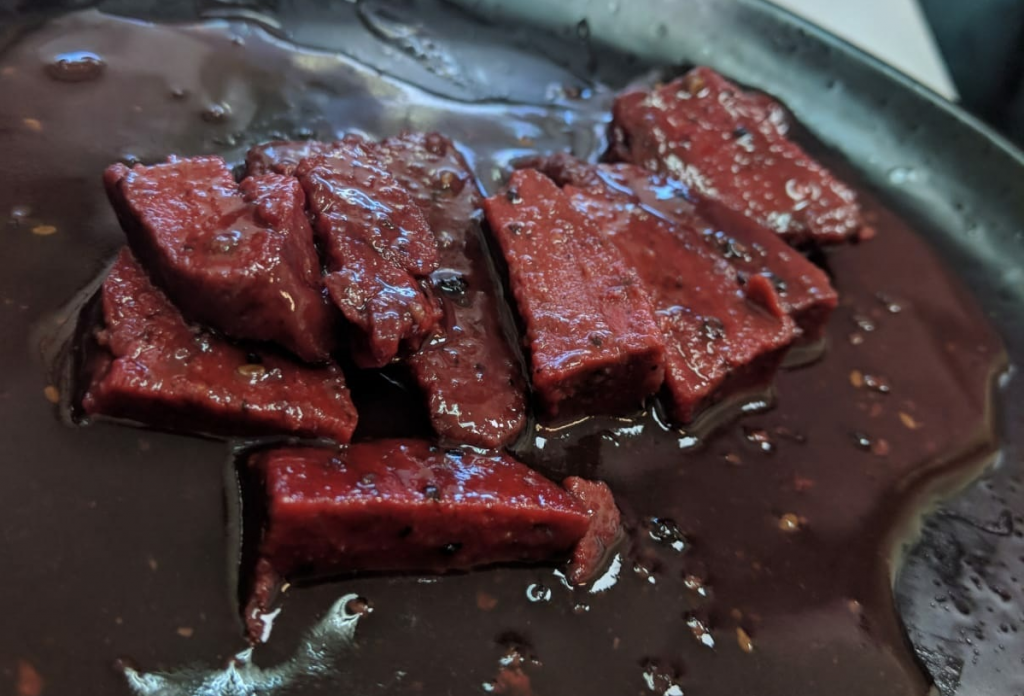
While there are several actions that can be taken, including the pursuit of more alternative energy sources, many scientists have argued that humans’ extensive consumption of meat is partly to blame. Livestock production is responsible for a significant percentage of harmful emissions such as carbon dioxide and methane – not to mention the huge swathes of land that are being deforested in order to make room for the cultivation of livestock.
“Israel is the birthplace of innovation in 3D printing and digital printing and is a true expert in using technology to address the problems of conventional markets,” said founder Eschchar Ben Shitrit. “Nowadays, digital printing is being utilized in areas ranging from organs to dentistry and I believe that, in an increasingly digitalized world, it can be applied to food as well. Meat is characterized by four components: the muscle, the fat within it, myoglobin and a connective tissue. We replicated, with our 3D printer and precise formulations, the complex matrix that is meat.”
Jet-Eat was founded at the beginning of 2018 and currently has five employees. It has raised money from angel investors and is now working on a seed round investment, with the goal of having its product on the market by 2020. Earlier this year, the company participated in a four-month accelerator program launched by the European Institute of Innovation and Technology (EIT) Food Accelerator Network in Israel at the Technion-Israel Institute of Technology. It was then selected as a finalist to compete at the EIT Food Venture Summit. The winner, which will win $68,000, will be announced this week.
Jet-Eat works closely with the Technion and is using its labs to test the 3D printed “meat” for texture, flavor and consistency.
Researchers in Spain are also working on 3D printed meat alternatives, while other organizations have discussed the possibility of using 3D bioprinting to create actual meat in a lab, without the need for livestock cultivation. These are the advanced applications of 3D printed food, taking it beyond novelty status and into real solutions for feeding people. 3D printed food won’t singlehandedly halt climate change, but it could have a place as part of a multifaceted approach toward addressing the crisis. The world’s population is growing steadily, and more food needs to come from somewhere – particularly from sources that won’t further damage the planet. The entire world won’t ever be convinced to go vegan, but making vegetables taste like meat is one way to potentially make a dent in our ravenous meat consumption.
Discuss this and other 3D printing topics at 3DPrintBoard.com or share your thoughts below.
[Source: NoCamels/Images: Jet-Eat]
